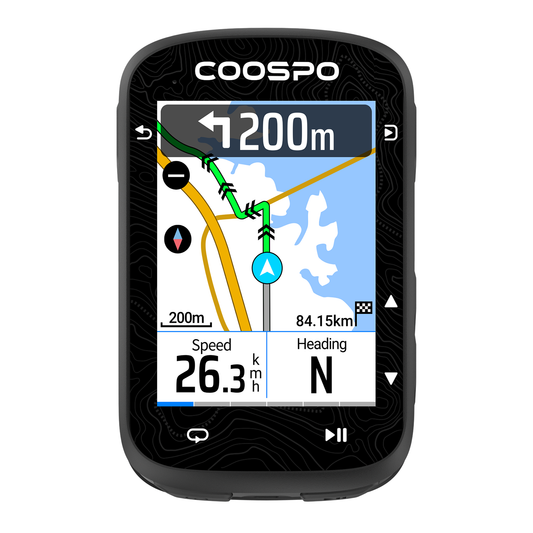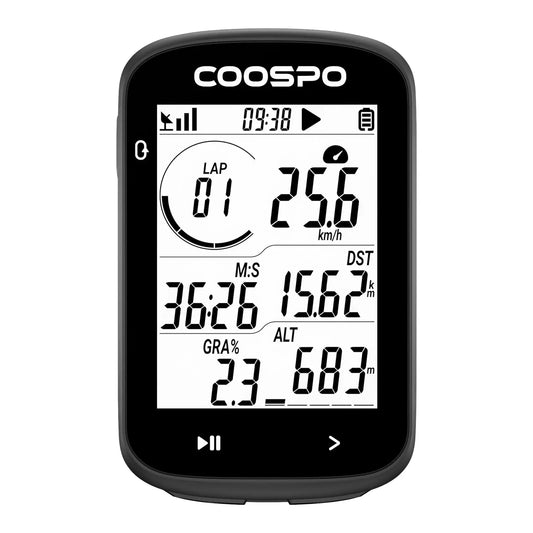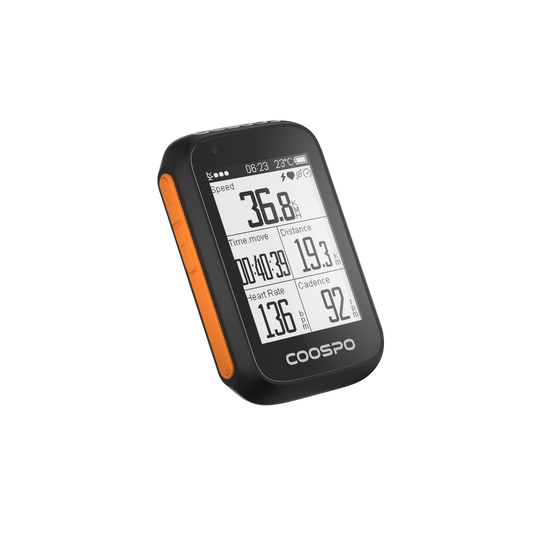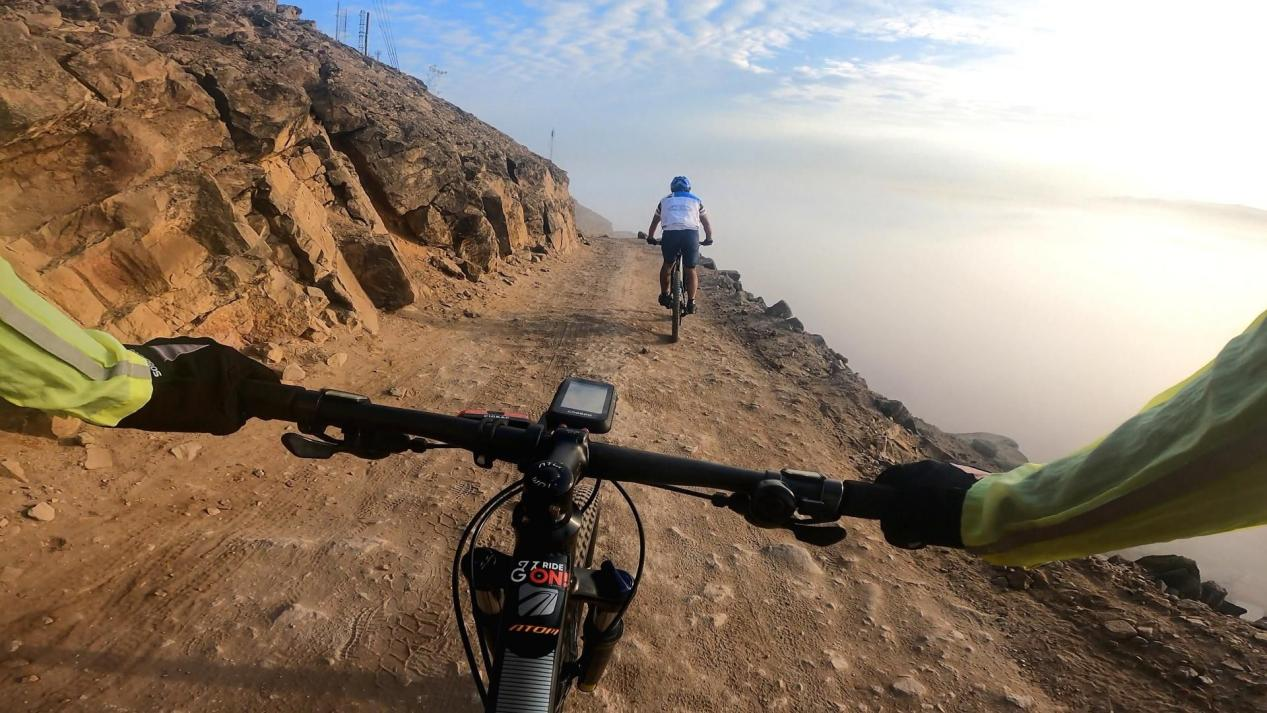Lower Back Pain When Running: Common Causes and How to Fix It
The more you run, the better you get at handling discomfort, especially as you try longer distances. This might help you overlook small pains, like the burning feeling in your calves when going uphill. However, it can also lead you to ignore more serious, ongoing pain, like lower back pain that happens when you run.
Lower back pain is a common and frustrating issue for runners. It can appear suddenly and stick around, affecting training for a long time.
There are many reasons for lower back pain, but when the spine's vertebrae get irritated, it can cause pain and make it hard to run or do everyday activities.

Along with strong muscles that support your spine, your pelvis is very important for your lower back's function. The sacroiliac (SI) joints should move well while running, but if they don't, it can cause extra strain on your lower back.
Lower back pain is common for new runners or those returning after a break. This often happens when they increase their running distance or intensity too fast, which can be hard on the body. If you already have lower back pain, running may make it worse, especially if you’re not working on strengthening your lower back and core muscles.
Here is how you can identify lower back pain, common causes, and how to treat it.
How to Tell the Different Symptoms of Lower Back Pain When Running
As a runner, you can experience three types of lower back pain: muscle pain, bone pain, and pain from the discs, according to Dr. Jordan Metzl, a sports medicine doctor at the Hospital for Special Surgery in New York City and creator of Runner’s World’s IronStrength workout.
Muscle pain can happen on either side of your lower back. You might notice it if you feel spasms or pain on one side, especially when you twist or move.
Muscle pain can be either sudden, called acute strain, usually from a bad move or landing, or long-lasting, known as chronic myofascial pain, which involves the muscles and the connected tissues.
Acute pain usually improves after seven to 10 days, whereas chronic pain may hurt when you sit for awhile or exercise for a prolonged amount of time and typically feels like you need to constantly massage your muscles, he adds.
Bone pain can feel like a general ache in your lower back. If you’re over 50, you might have arthritis in your back. This happens when the cushioning between your bones wears down, causing them to rub together. The pain from arthritis often feels worse in the morning or after you’ve been standing or walking for a while.
Discogenic pain is when you feel more pain when you bend forward, and it often causes shooting pain down your legs. If you think you have this kind of pain, he recommends seeing a doctor right away.
The Most Common Causes of Lower Back Pain When Running
Now that you can better identify your symptoms, let’s explore the most common underlying causes of lower back pain in runners.
1. Poor Form
Running mechanics play a huge role in spinal health. Poor form is one of the most frequent causes of lower back pain in runners, because inefficient movement patterns translate to excess strain on your spine and muscles.

- Overstriding—when your foot lands too far ahead of your body—can send a jarring impact load up your legs and into your lower back. This was highlighted by a coach in a Runstreet guide, who explained that small changes like shortening your stride or keeping your chest lifted can significantly reduce stress on your spinal structures.
- Leaning too far forward or arching the lower back (“an exaggerated lumbar curve”) can destabilize the spine. According to Nike’s expert analysis, some runners may run with a posterior pelvic tilt—or sway in the lower back—which can cause fatigue and pain in their lumbar muscles over time.
- Inappropriate footwear or worn-out running shoes can worsen poor form, as older shoes may not absorb shock well or support your gait mechanics.
2. Muscle weakness

Muscle-related back pain happens when the muscles around your back—like your core, hips, glutes, and hamstrings—aren't strong enough. This causes your back muscles to do extra work. For instance, if your hip and glute muscles are weak, they can get tired during a run, making your lower back work harder to keep you stable. This can lead to injuries. A weak core is a common cause of back pain, and many runners skip important core-strengthening exercises, focusing only on running, which can harm them in the long run.
3. Bone issues
Sometimes the cause goes beyond muscles and into your skeletal structure:
- Disc and joint degeneration: Over time, spinal discs can wear down (degenerative disc disease), and joints (especially facet joints) may become irritated. These structural changes increase spinal stress during high-impact activities like running.
- Sacroiliac (SI) joint dysfunction: The SI joint connects the pelvis and the spine. If it’s misaligned or under too much stress (often due to weak hip muscles or poor form), it can become a source of localized pain that radiates to other areas.
- Repetitive overuse and microinjury: Endurance runners may develop overuse injuries or micro-traumas in spinal structures over time.
How to Treat Lower Back Pain
If you have bone or muscle pain in your lower back when running, there are stretches and exercises that can help ease your discomfort.
First and foremost, make sure to include core exercises, like dead bugs, in your routine. This will help you get better at handling fatigue.
It also suggests using a foam roller on your back. The goal is to relax the tight and sore muscles. It's similar to getting a deep-tissue massage that you can do every day.
Rolling out your hamstrings is a great idea because tight hamstrings can make your lower back curve more inward. By loosening your hamstrings, you can relieve a lot of the pressure on your lower back.
If these options don't work, your doctor can do an X-ray, which is the best way to look at your bones and muscles to find out what's wrong.
How to Prevent Lower Back Pain
1. Build a Strong Running Base
- Give your body time to adapt to the stresses running places on your back.
- Gradually increase mileage and intensity to avoid overloading your spine.
2. Strengthen Core and Hips
- Focus on exercises like planks, mountain climbers, glute bridges, and side-lying leg lifts.
- Strong core and glute muscles support your spine and reduce load on the lower back.
3. Optimize Running Mechanics
- Maintain a mid-foot or forefoot strike and a neutral spine.
- Perform regular form drills and gait analysis to ensure good posture.
- Replace worn-out shoes every 300–500 miles to maintain proper cushioning and support.
4. Track Your Effort with a Heart Rate Monitor

- Using a heart rate monitor can help you avoid overtraining, keeping your effort in the right zones.
- The Coospo heart rate monitor is a reliable and affordable option for runners looking to monitor training load, heart rate, and recovery.
- Even back-of-the-pack runners can benefit from data-driven training to reduce strain on the lower back.











